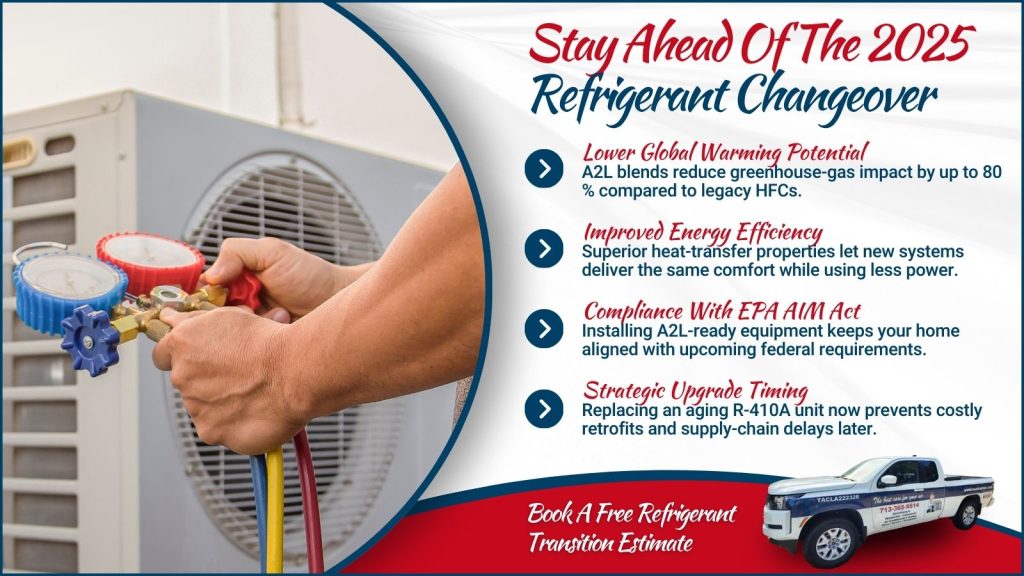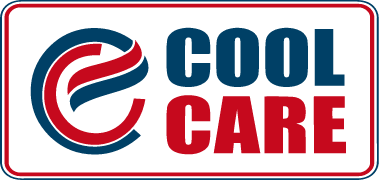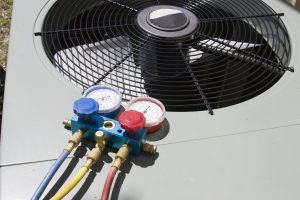If you’re a homeowner with a central air conditioning system or heat pump, you’ve likely heard that big changes are coming to the HVAC industry—particularly around refrigerants. Starting in 2025, the Environmental Protection Agency (EPA) is rolling out updated regulations under the AIM Act.
The requirement is for HVAC systems to transition away from older hydrofluorocarbon (HFC) refrigerants, like R-410A, in favor of newer, low-global-warming-potential alternatives. These changes are part of the broader A2L refrigerant transition, aimed at reducing greenhouse gas emissions while increasing energy efficiency. What does this mean for you, and why should you care about the switch to new refrigerant updates? Let’s break it down.

What Are A2L Refrigerants?
A2L refrigerants are a new class of refrigerants characterized by low flammability and low global warming potential (GWP). Unlike older refrigerants that contribute heavily to climate change when leaked into the atmosphere, A2L refrigerants are designed to be more environmentally friendly and efficient.
Some common A2L refrigerants that will soon become industry standard include R-32 and R-454B. These refrigerants are gradually replacing R-410A, which has a GWP of over 2,000. In contrast, A2L refrigerants can have GWPs as low as 466—offering a significantly more sustainable cooling option.
Why the Switch Is Happening
The transition is part of a global movement to phase down HFCs, which are potent greenhouse gases. The U.S. has committed to reducing HFC consumption by 85% over the next 15 years, and the A2L transition is a key part of achieving that goal.
The AIM Act (American Innovation and Manufacturing Act) empowers the EPA to oversee this transition, and starting in 2025, manufacturers will begin producing residential HVAC systems specifically designed to operate with A2L refrigerants.
Benefits of the New Refrigerant Updates
Improved Energy Efficiency
One of the major advantages of the new A2L refrigerants is their higher energy efficiency. These refrigerants absorb and transfer heat more effectively, which allows HVAC systems to use less energy while delivering the same level of comfort. For homeowners, this means lower monthly energy bills and a smaller environmental footprint.
Reduced Environmental Impact
With significantly lower global warming potential, A2L refrigerants are a better choice for the planet. This transition supports broader efforts to combat climate change while maintaining modern home comfort.
Better System Performance
Because of their improved thermodynamic properties, systems designed for A2L refrigerants often have enhanced cooling capacity and performance. They’re also engineered to run more quietly and with fewer emissions.
What Homeowners Should Know and Do
If you’re planning to replace your HVAC system soon, it’s important to be aware of the refrigerant transition. Here’s how to stay prepared:
- Ask About A2L-Compatible Systems – Starting in 2025, most new residential systems will be manufactured to use A2L refrigerants. If you’re considering a system replacement, ask your contractor if the unit is designed for A2L refrigerants like R-32 or R-454B.
- Understand Compatibility – Current systems using R-410A will not be compatible with A2L refrigerants. That means retrofitting an old unit with a new refrigerant is not an option. If your current system is nearing the end of its life, now may be a good time to plan for an upgrade that aligns with the new standards.
- Consider the Long-Term Value – Though systems using A2L refrigerants may initially have slightly higher upfront costs, the long-term benefits—like improved energy savings and compliance with future regulations—make them a smart investment.
Trust a Qualified HVAC Professional
The switch to A2L refrigerants involves new safety guidelines and installation requirements. Only certified HVAC technicians trained in A2L systems should handle installation and maintenance. Working with a knowledgeable contractor like those on our team ensures your system is installed safely and performs efficiently.
Be Ready for the Future of Cooling
As the HVAC industry shifts toward more sustainable practices, new refrigerant updates like the A2L transition represent a significant step forward. These changes bring real benefits for homeowners—lower energy costs, improved system performance, and a smaller environmental footprint.
For expert furnace help, contact Cool Care Heating and Air Conditioning – Offering the best care for your air!



